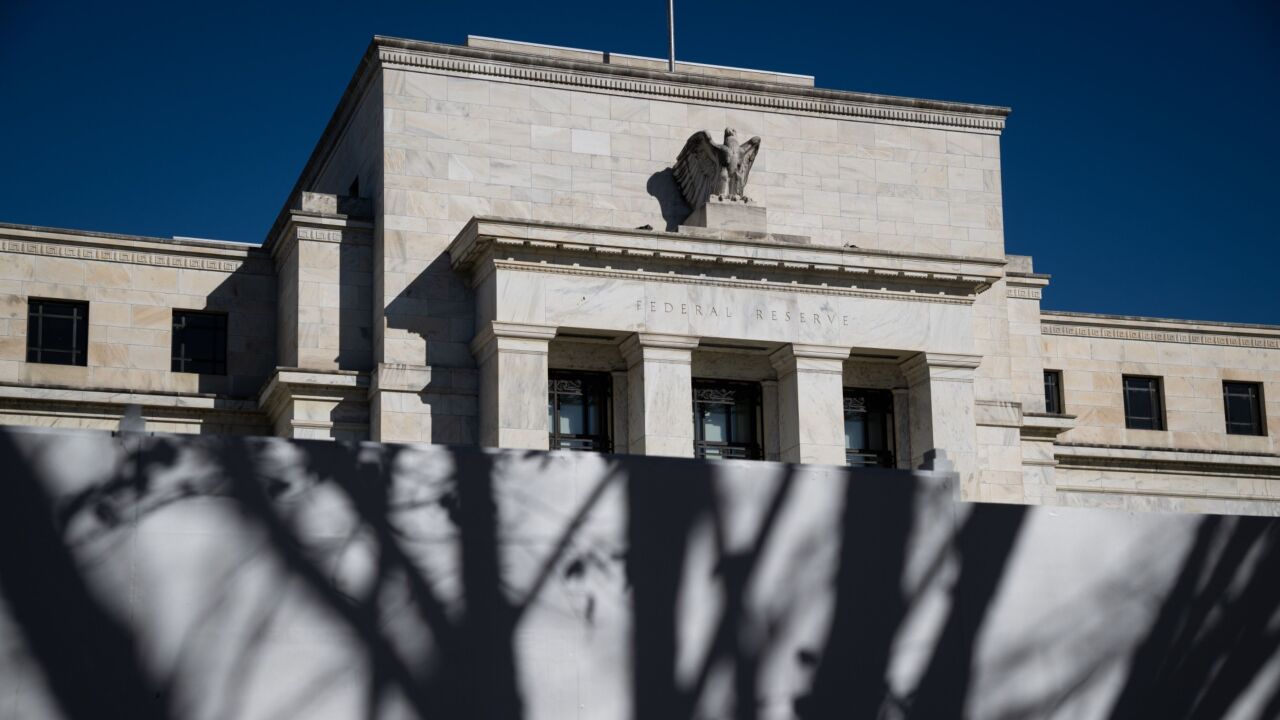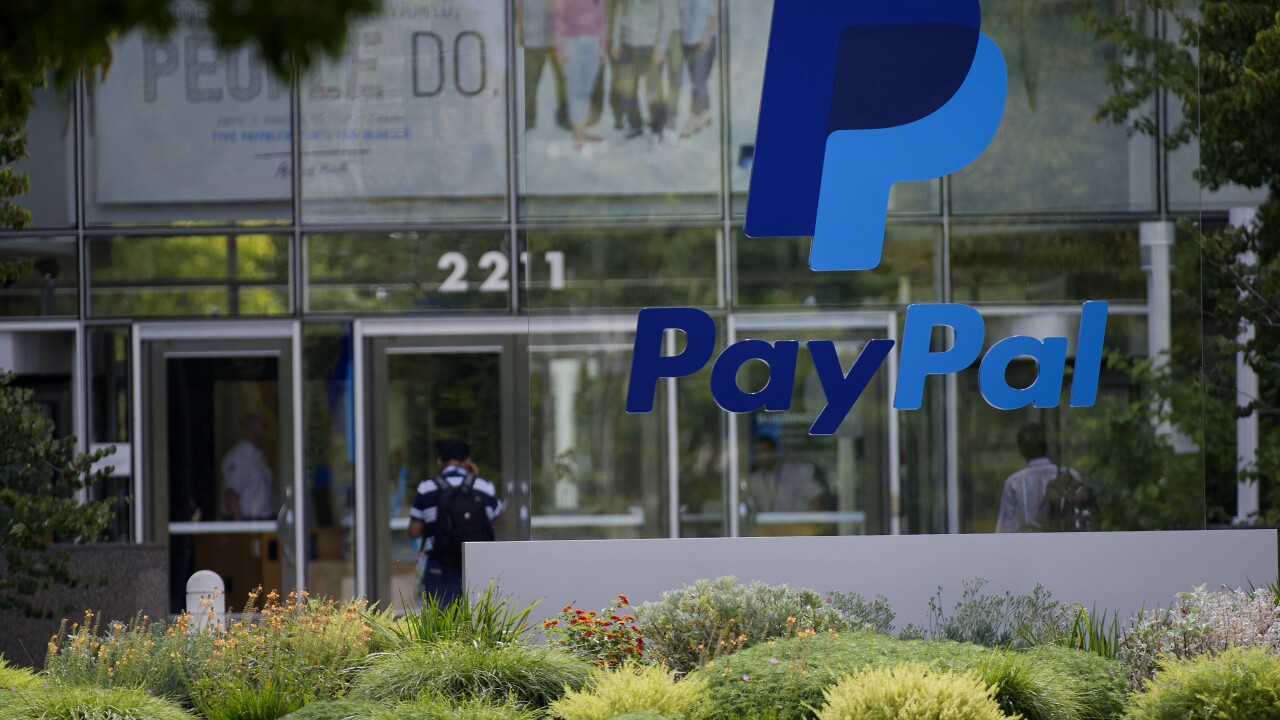From mobile wallets to machine learning, from biometrics to Bitcoin, many examples of what the industry calls "emerging technology" have finally emerged. But change is happening slowly, as is usual in the complex financial services space.
These technologies made a big splash in recent years, but they have yet to bring true disruption to the way consumers spend their money. Plastic cards have not been pushed aside by Apple Pay, digital currency or the Uber economy, but these new options are at least showing how payments will evolve.
Already, there are some trends emerging that show what the future will look like once more banks, merchants and consumers tap into their potential.
Mobile Payments' Eternal Youth
Mobile payments remain a hot topic in the industry, despite a disappointing level of adoption by consumers.
Apple Pay's launch was long anticipated by a payments industry that was desperate for a catalyst for mobile wallet adoption. Apple Pay certainly filled that role for banks and merchants, but consumers were less impressed. Data from card issuers and networks indicate that even the earliest adopters of Apple Pay haven't drastically changed their payment habits.
But this means there is still room for banks and other companies to break through to consumers.
It's still unclear whether banks can gain control of the mobile wallet market or whether they will lose out to the mobile operators. Nick Holland, the lead of Javelin's mobile practice, is optimistic for the banks if they work together. "If payments are a ubiquity play, it has to be more ubiquitous than the operating system," Holland said.
Just
"Americans are not known for patience," she said. "And it takes [on average] eight seconds to dip an EMV card. Consumers are going to start wondering why can't I take out my phone and tap."
And it will be tap, said Holland. "The argument about whether it's going to be NFC or QR codes, that conversation is done."
Despite the success of bar code-based apps like the Starbucks app or Seamless' SEQR, many new entrants are focused on using Near Field Communication for contactless mobile payments.
Spotlight on Security
Machine learning fraud detection software, in conjunction with big data, is starting to gain substantial traction in the financial services industry.
"Fraud is the most successful big data use case," said Conroy. "It's a use case where we're actually seeing things in production that are bearing out good results."
Merchants and banks alike are realizing that to stay ahead of fraudsters, they'll have to break down the silos between different departments within their institution and between each other. The industry is recognizing the benefits of sharing collaborative threat intelligence to fight a common enemy, said Conroy.
Traditionally, financial institutions and providers that house customer data have been guarded about security processes and instances of fraud, seeing it as a competitive advantage. But that mindset is changing, especially as it relates to systemic threats and cybersecurity, Conroy said.
But this brings its own set of problems, namely deciding which alerts should be prioritized. Visa is working to address this concern through its
One specific security technology, biometrics, is finally seeing adoption in the financial services space after a decade or more of talk. Handsets are now equipped with fingerprint readers which can be used to unlock phones or approve payments. Banks are starting to take advantage as well, asking customers to use the biometric for authentication with their mobile banking app.
"The biometric angle is pretty interesting … because historically there's been a trade-off between security and speed, but biometrics is elegantly used for both those things," Javelin's Holland said.
EMV Everywhere
The October 1, 2015 deadline for the U.S.
Some merchants, including those that weren't required to buy EMV terminals, are using EMV technology as a "whipping boy," Conroy said. For example,
Conroy says the claim is exaggerated, since many issuers are not changing consumer's account numbers and those that are can update this data automatically for the consumer's subscriptions.
The EMV shift will be a particularly imposing topic as the holiday season nears. Holland wonders whether big merchants will find opportunities to revert back to magstripe during Black Friday in an effort to shorten checkout lines. Some merchants will happily accept liability for any fraud that happens, if it means keeping lines moving and customers happy, he said.
"[EMV] is paving the way for a contactless payments comeback," Holland said.
From Bitcoin to Blockchain
Banks and merchants may not be as keen on Bitcoin as they were a year ago, but the blockchain technology used to manage Bitcoin transactions is still generating a lot of interest.
"Last year was still very much focused on virtual currency," said Holland. "Now we have some consortiums of global banks putting money into blockchain."
R3CEV is the biggest and best example of this. Twenty-two global banks, including Bank of America, Citi and Deutsche Bank have joined the consortium to experiment with blockchain technology in finance. R3CEV and Deutsche Bank are currently testing whether corporate bonds can be issued on the blockchain, according to Richard Glendal Brown, the company's chief technology officer, in comments to
Holland doesn't think the killer use case has been found for blockchain yet, but he says banks and other providers are starting to look in the right direction, at the broader problems the technology could solve instead of fixating only on its applicability to payments.
But Conroy says it's too early to tell whether payments will be ignored by the blockchain supporters.
"Where blockchain has really interesting potential [for payments] is internal transfers at banks," Conroy said. For instance, Bank of America shouldn't have to do a wire transfer to send money to Merrill Lynch, which it owns; instead they could use a blockchain, she said.
And blockchain technology could provide a faster, lower cost rail that gets the industry closer to real-time payments capability.
Real-Time Gets Real
While U.S. banks might not see the revenue benefit for developing a real-time payments system, the Federal Reserve is pushing U.S. banks to innovate. The Fed would like to see a strategic initiative implemented by 2020, but Holland says that's too optimistic.
"There's a dichotomy between technology innovation and the sheer inertia of an industry that just doesn't want to change," Holland said. Banks "are terrified of accidentally disintermediating themselves … plus real-time payments will eat into bank's cash-cows, such as wire transfers and overdraft fees."
So for now, companies like Dwolla will slowly but surely make inroads for faster ACH payments within corporate America, and products like PayPal's Venmo will have to satisfy consumers' desire for real-time person-to-person payments.
Alternative Lending for Alternative Borrowers
Since the 2008 financial crisis, banks have become more risk-averse in their lending practices. And while this can be viewed as good business sense, it also means many individuals and small businesses have fewer options for accessing capital.
From this arose the alternative lending market. Some platforms act as a marketplace of borrowers that investors can access, while others act more like crowdfunding sites where multiple investors put small sums of money into projects or small businesses, thus reducing default risk.
Because of the industry's popularity and their position in the market, companies that have traditionally offered merchant services such as payments processing and point of sale hardware are moving into the lending business. Both Square and PayPal offer working capital to their small business customers.
The alternative lending space is without significant regulatory oversight currently. Alt-lenders are working with regulators to try and develop a structure that protects consumers without stifling innovation.





